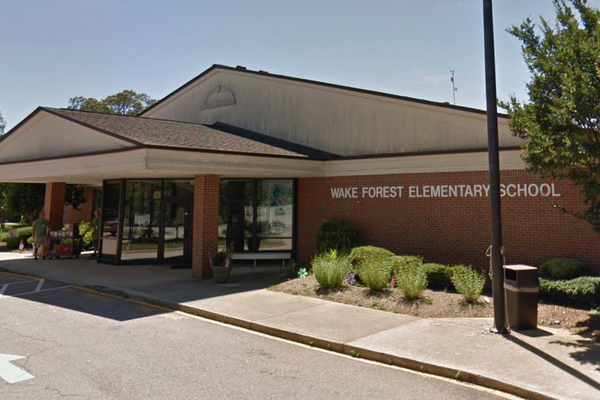
If you want to see capitalism at its most feverish, forget crypto or meme stocks. The new mania has a more respectable name: AI Infrastructure. Data centers, mazes of silicon and cooling coils, are devouring every spare dollar, pound of copper and parcel of land they can find.
In a recent market note, Michael Cembalest, Chairman of Market and Investment Strategy at J.P. Morgan, drew parallels with the cult horror movie "The Blob.”
The explosion of capital spending by AI players, he wrote, has created a self-reinforcing loop of stock valuations, investor expectations, and capex that's hard to stop once it gets rolling.
In charts, he notes, a handful of companies — the Nvidia, Microsoft, Amazon, and Google — now account for an overwhelming share of market returns.
"AI stock participation has been exceptionally narrow," Cembalest wrote. The S&P 500's breadth is shrinking even faster than it did during the dot-com bubble, he warns.
See Also: AI’s $1.2 Trillion Growth Will Rest On Data Centers And Power, Not Financing Schemes
The Capex Spiral Nobody Can Escape
While the original Blob consumed organic matter, the current one consumes electricity. Researchers estimate that the U.S. data center footprint will increase significantly by 2030. It may require as much as 12% of the nation's total electricity generation — up from around 4% today.
For a country already struggling to modernize its grid, that's not just a logistical problem but a geopolitical one. Add subsidies, tariffs, and defense-related funding into the mix. The global race for chips, energy, and computing capacity is starting to resemble a new form of mercantilism.
Everyone wants their AI sovereignty, and the U.S. is ensuring its capital and energy remain onshore. That brings us to the other half of the madness: the spending.
According to McKinsey, the bill for chips, data centers, and energy required for AI in the next five years is going to be $6.7 trillion. The firm outlined five key investor archetypes participating in the rally, including:
- Builders
- Energizers
- Technology developers and designers
- Operators, and
- AI architects.
Furthermore, McKinsey highlights the shaky success of AI pilot projects in companies. Senior Partner Pankaj Sachdeva puts it at "less than 15%."
Then, throw in geography and energy. New hyperscale sites are being established in areas with affordable land and promises of renewable energy — such as Texas, North Dakota, and New Mexico — because traditional clusters often lack spare power. However, remote sites incur additional costs (such as transmission build-out and grid upgrades) and risks (including stranded assets and overbuild).
While such an enormous bill requires a balance between prudent and rapid capital deployment, perfectly aligning the interests of five parties might be a challenge.
"You do not know which of these players will be around in five, ten or 15 years' time," Sachdeva says when discussing risks of utilities signing long-term contracts.
AI-powered Ouroboros
This is where things look messy. To fulfill its appetite for metals and megawatts, Silicon Valley has found a more circular way to do it: fund itself. The most bizarre part of this story is what Cembalest calls the "circular capital ecosystem," where companies invest in each other's dreams to sustain their own valuations.
OpenAI inks massive capacity deals with Oracle, AMD, and Nvidia; Nvidia buys stakes in cloud players; cloud players commit to Nvidia kit; and startups get financed by the very vendors they will buy from.
This isn't new — railroads and telecom booms ran on similar self-referential optimism — but the velocity today is unmatched. The AI ecosystem has become a loop of spending and market capitalization, where each new round of capital investment is validated by rising stock prices rather than realized profits. The risk, of course, is what happens when returns flatten but depreciation and power bills don't.
In the end, the AI boom looks less like a straight line to utopia and more like a high-voltage treadmill. Every layer — from miners in Chile to cloud giants in Silicon Valley — is running faster just to stay in place.
The capital is circular, the energy is real, and the risk is that the "Blob" consumes more than just voltage. It might consume its creators as well.
Read Next:
Image: Shutterstock







